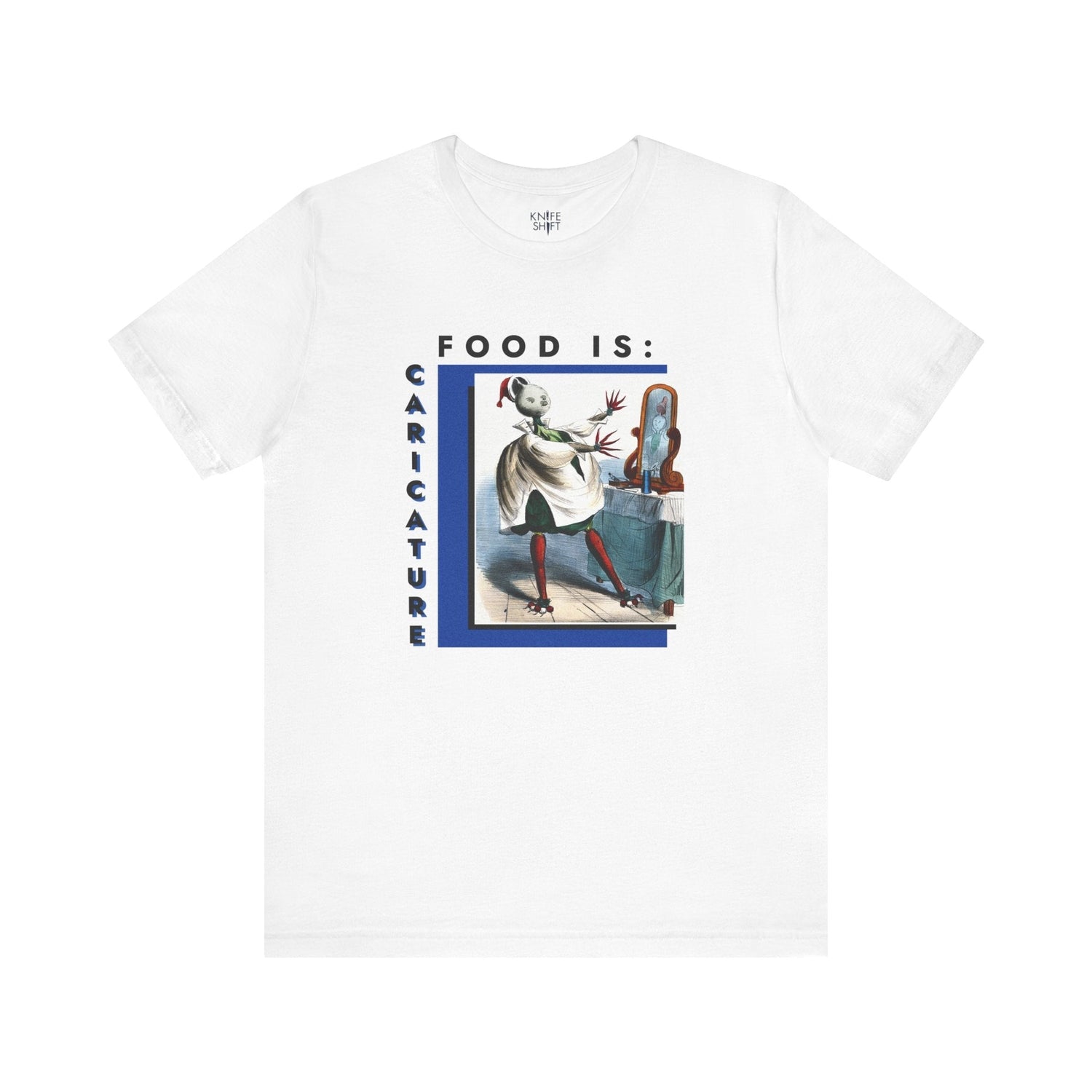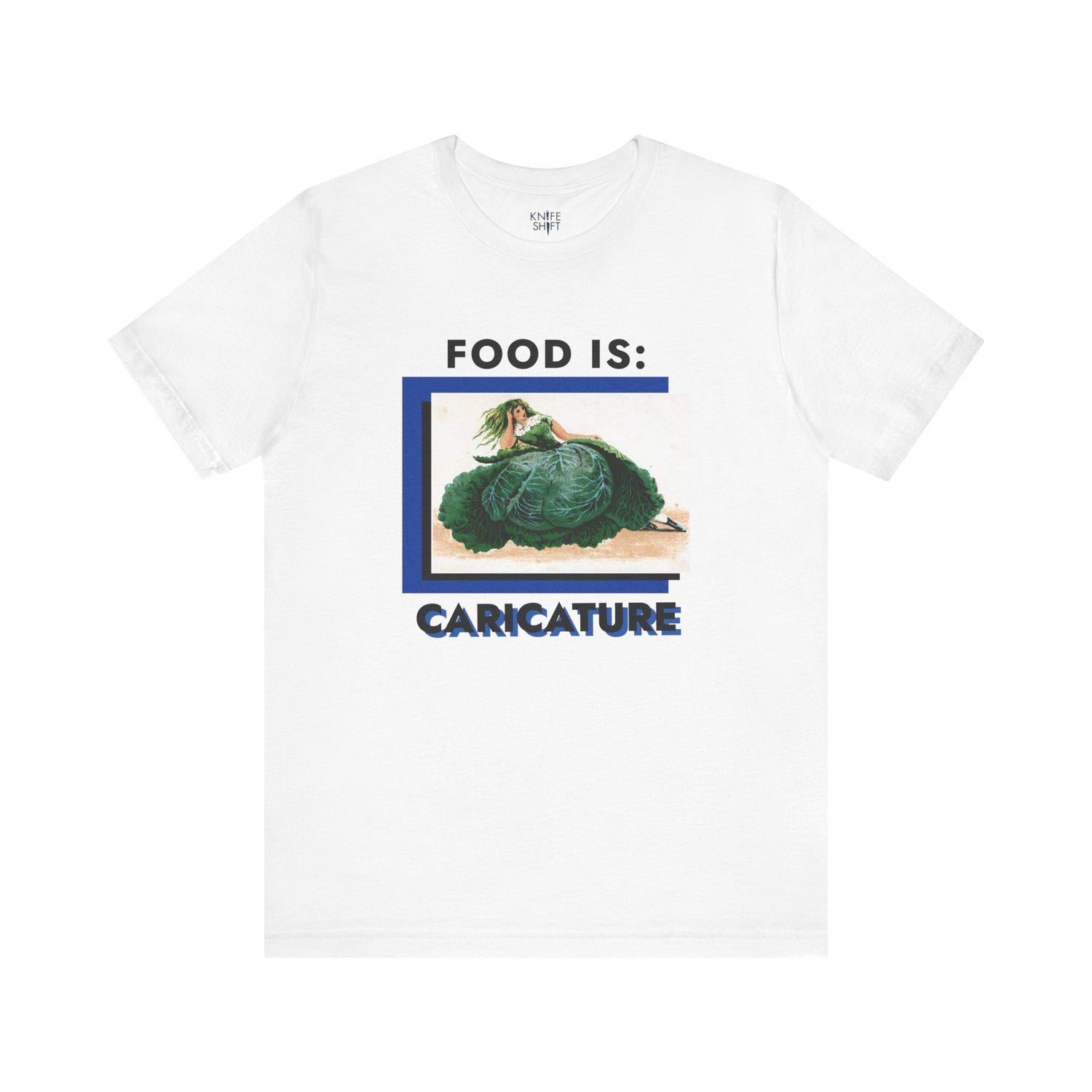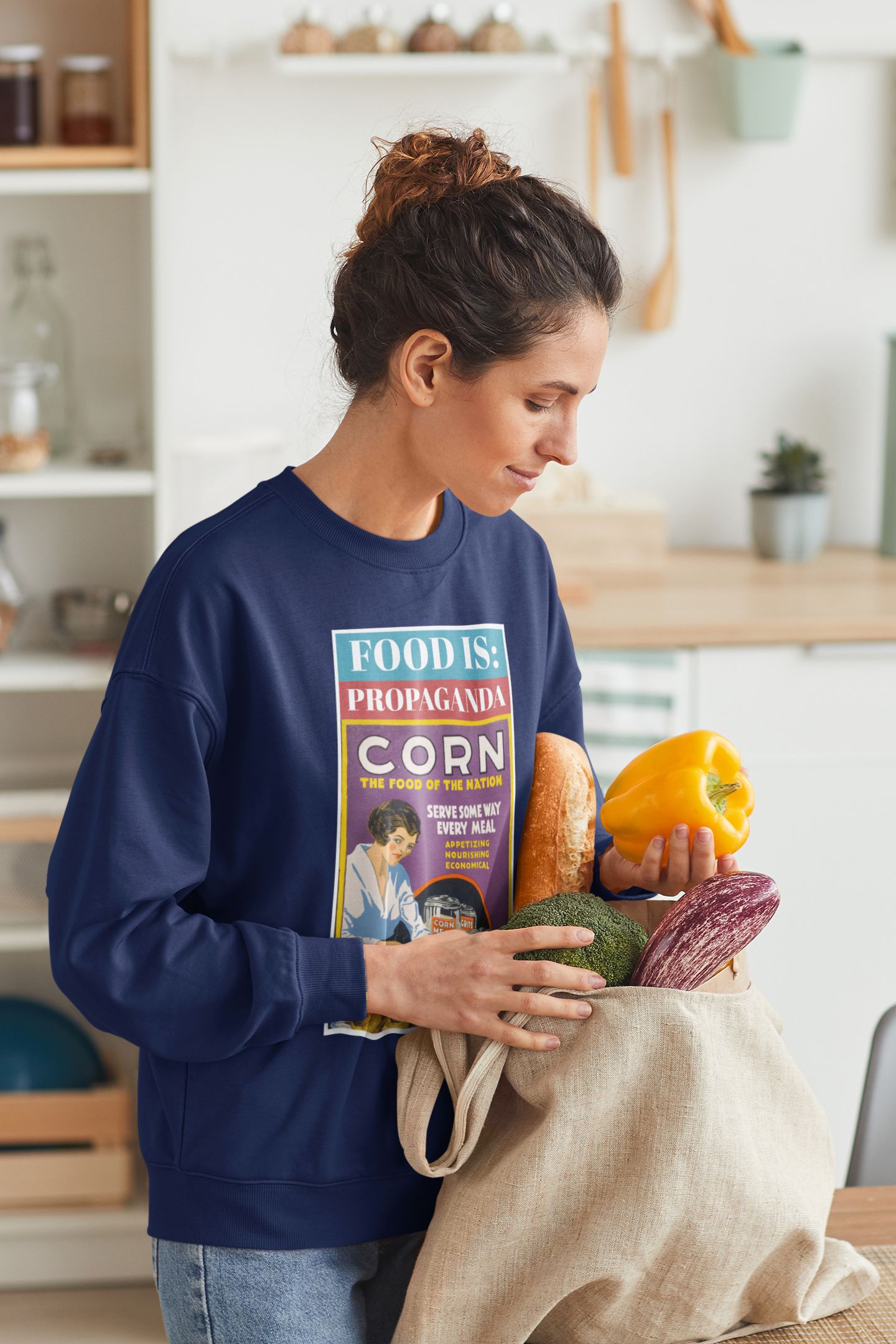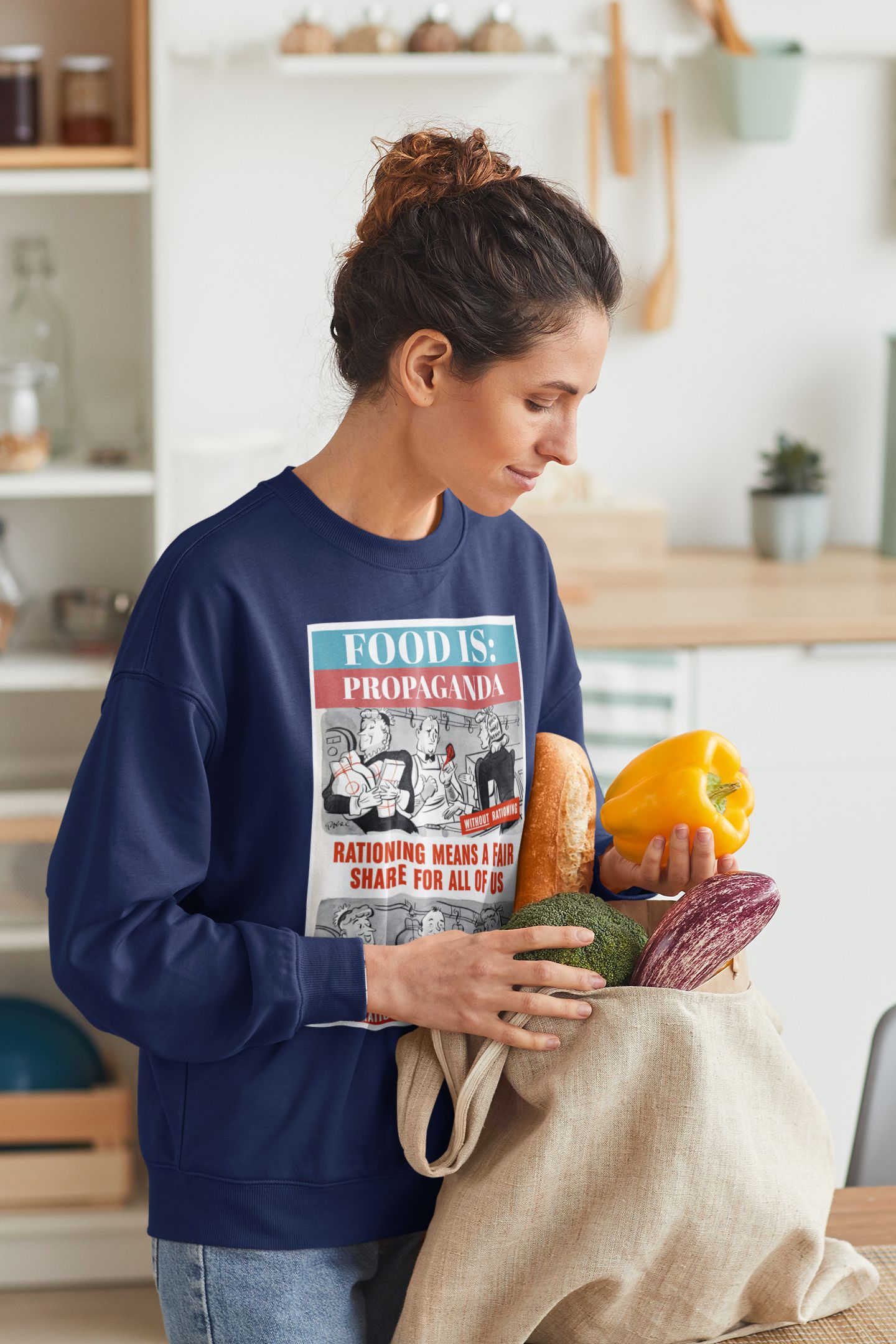Sort by:
About the Artwork:
Honoré Daumier, born in 1808 in Marseille, France, was a prolific and influential French artist known for his caricatures, paintings, and sculptures that keenly critiqued the social and political atmosphere of 19th-century France. Daumier's work, often published in periodicals such as La Caricature and Le Charivari, employed humor and satire to expose the follies and injustices of his time. His sharp wit and insightful portrayals have made him one of the most respected figures in the realm of political and social commentary through art.
This artwork is a lithograph that showcases Daumier’s unique blend of satire and visual narrative. "The king of pumpkins receiving the homage of his subjects" presents a scene where a large, round man and his partner survey various autumnal produce, including pumpkins. Daumier references pumpkins and the depiction of the large bodied people to create a scenario of a regal couple presiding over their subjects.
Image courtesy of the Met's Open Access Initiative.
About the Artwork:
This advertisement card printed in the United States in 1887 is a chromolithograph that features one man and two women with the bodies of red radishes. The image is meant to be humorous and eye-catching, and served as a calling card for Rice's Seeds to promote a variety of globe radishes.
Image courtesy of Boston Public Library via the Digital Commonwealth Collection.
About the Artwork:
John Leech was an English caricaturist and illustrator, born in 1817 in London, known for his sharp wit and role in shaping British satirical art. Leech worked extensively for the magazine Punch, where he contributed drawings that highlighted the absurdities and contradictions within Victorian society. His work is celebrated for its humor, expressive characters, and ability to critique social norms while still engaging a broad audience. Leech’s illustrations not only entertained but also provided commentary on politics, culture, and everyday life, making him a key figure in the development of British cartoon and comic art.
"Vegetarian Odd Fellows" is an example of John Leech's humorous and satirical style, depicting two men as a carrot and parsnip. The man depicted as a parsnip appears to be elderly and is referred to by Leech as "Pa-Snip," potentially indicating a familial connection between the two figures or simply intending to highlight an age disparity. The other figure "Carrott" is aiding Pa-snip as the two engage in yard or farm labor.
Image courtesy of the Met's Open Access Initiative.
About the Artwork:
Amédéé Varin (active mid-19th century) was a French caricaturist known for his witty and often bizarre illustrations. While details about his life remain scarce, his surviving works offer a glimpse into the playful and satirical artistic circles of 19th-century France. Varin's "Carotte conjugale" ("Married Carrot") is a prime example, using a common vegetable to deliver a humorous and thought-provoking commentary on marital relations.
The artwork features a woman's face and torso forming into a carrot. She is garbed in the greens of the vegetable and embraces, presumably, her husband who is also depicted in vegetable form. The couple appears to be situated in a shared home on a sofa, with artwork of another vegetable persona hung on the wall behind them.
Image courtesy of the Minneapolis Institute of Art (Mia) under a CC-PDM license.


Food is: Caricature | Unisex T-Shirt - Vegetable Pill Effects
$34.99
Unit price perFood is: Caricature | Unisex T-Shirt - Vegetable Pill Effects
$34.99
Unit price perAbout the Artwork:
This satirical print, titled "Wonderful Effects of Morrisons Vegetable Pills" and published by O'Hodgson in London, offers a humorous critique of 19th-century patent medicines. This was a period when unregulated "cure-alls," often with dubious ingredients, were widely advertised and consumed with promises of extraordinary results.
The image presents a chaotic scene. A figure, overwhelmed after consuming an excessive quantity of "Morrisons Vegetable Pills," gazes into a mirror. To their horror, their body has sprouted a bizarre profusion of vegetables: carrots, turnips, radishes, and various greens.
"Wonderful Effects of Morrisons Vegetable Pills" exaggerates the outlandish claims often made by patent medicine manufacturers. The sprouting vegetables mock the idea that a simple pill could bring about drastic physical transformation. The print cleverly exploits the connection between food and medicine to highlight the potential dangers of unregulated substances and the gullibility of the public.
Image courtesy of the National Library of Medicine Digital Collections.
About the Artwork:
While the exact artist is unknown, "Man's head on a watermelon body" was produced by the print shop of Clay & Richmond, a Buffalo, New York-based company known for their playful chromolithographs in the mid-19th century. These vibrant prints were popular for their humorous and often bizarre imagery.
This particular chromolithograph features a curious sight: a man's head sitting atop a plump watermelon body. The man retains his clothing, with a shirt collar and dress slacks above and below the smooth green rind.
Image courtesy of Boston Public Library via Digital Commonwealth Collection.


Food is: Caricature | Unisex T-Shirt - Woman in Cabbage Dress
$34.99
Unit price perFood is: Caricature | Unisex T-Shirt - Woman in Cabbage Dress
$34.99
Unit price perAbout the Artwork:
The artwork pictured isn't attributed to a specific artist, but rather to the print shop Clay & Richmond, operating in Buffalo, New York during the mid to late 19th century. This company was known for producing quirky and often humorous chromolithographs, a type of colorful lithograph print.
The chromolithograph itself depicts a curious sight: a woman with an elegant posture leans confidently towards the viewer. Her unique gown, however, is the real showstopper. Instead of luxurious fabrics, she is adorned in a dress entirely fashioned from a single, vibrant green cabbage. The artist renders the ruffled leaves, creating an elegant ensemble.
Image courtesy of Boston Public Library via the Digital Commonwealth Collection.
Step up your style with an embroidered old-school cap. It’s crafted from 100% cotton corduroy that’s soft to the touch and comfy to wear. It features an adjustable strap with a gold-colored buckle for a great fit and a visor to protect you from the sun and wind. Complete your look with this embroidered corduroy cap and rock a cool vibe all day long.
• 100% cotton corduroy
• Unstructured, 6-panel, low-profile
• Cotton twill sweatband and taping
• 6 embroidered eyelets
• Adjustable strap with a gold-colored metal buckle
• Head circumference: 20″–22″ (50.8 cm–56 cm)
This product is made especially for you as soon as you place an order, which is why it takes us a bit longer to deliver it to you. Making products on demand instead of in bulk helps reduce overproduction, so thank you for making thoughtful purchasing decisions!
Size guide
| A (inches) | B (inches) | C (inches) | D (inches) | |
| One size | 20 - 22 | 6 | 3 | 7 |


Food is: Propaganda | Unisex Sweatshirt - Corn the Food of the Nation
$57.00
Unit price perFood is: Propaganda | Unisex Sweatshirt - Corn the Food of the Nation
$57.00
Unit price perAbout the Artwork:
Lloyd Harrison was an accomplished graphic artist known for his impactful and compelling propaganda posters, particularly those produced during World War I. Harrison's work often combined bold imagery with persuasive slogans to influence public opinion and motivate specific behaviors during a time of national need. His style is characterized by vibrant colors and dynamic compositions, which were effective in capturing the attention of a broad audience. His posters not only served practical purposes during wartime but also stand as significant historical documents that provide insight into the socio-political climate of the early 20th century.
"Corn - the Food of the Nation" by Lloyd Harrison is a striking propaganda poster that was part of a larger effort to encourage American consumers to adjust their food consumption habits during World War I. The artwork features a woman preparing baked goods like muffins and pancakes, which sit alongside canisters labeled "corn meal," "grits," and "hominy."
Image courtesy of Boston Public Library Digital Commonwealth Collections.
About the Artwork:
Charles Livingston Bull (1874-1932) was an American artist and illustrator renowned for his detailed and dynamic depictions of wildlife. A prominent figure during the Golden Age of American illustration, Bull's work graced the covers of magazines like Good Housekeeping and The Saturday Evening Post. Beyond commercial art, Bull also contributed to the U.S. war effort during World War I by creating informative and persuasive posters, like "Save the Products of the Land."
Image courtesy of Boston Public Library Digital Commonwealth Collections.


Food is: Propaganda | Unisex Sweatshirt - Fair Share Rationing
$57.00
Unit price perFood is: Propaganda | Unisex Sweatshirt - Fair Share Rationing
$57.00
Unit price perAbout the Artwork:
Herbert Roese (1905-1986) was a prolific American commercial artist and illustrator active during the mid-20th century. While Roese created illustrations for various purposes, his work for the U.S. Office of Price Administration (OPA) during World War II holds particular significance. The OPA played a crucial role in managing wartime shortages through rationing. Posters like "Rationing Means a Fair Share for Us All" aimed to explain and garner public support for this essential wartime measure.
This seemingly straightforward poster utilizes a clever visual approach to convey its message. Divided into two distinct sections, the artwork tells a story. The top half depicts a scene of frustration. A woman appears to be trying to make a purchase without success at a local butcher, with a meager offering behind the counter. While another customer leaves with her purchases, the latter figure has no options to buy from. The bottom half presents a stark contrast. Two women, each holding a ration book and a small package, smile as they leave a well-stocked butcher shop. The text "Rationing Means a Fair Share for Us All" stretches across the top, emphasizing the poster's central message.
Image courtesy of Boston Public Library Digital Commonwealth Collections.
















